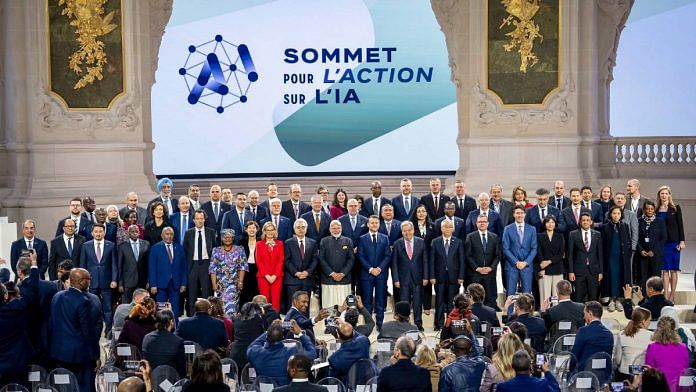Thank you dear subscribers, we are overwhelmed with your response.
The aftermath of the Pahalgam terror attack and India’s military retaliation has once again highlighted an uncomfortable truth: when international headlines roll out, India’s version of events often seems muted. Western and Nordic outlets like Norway’s VG and Aftenposten gave prominence to Pakistani accounts and international anxieties over escalation, with limited space for India’s rationale or the broader history of cross-border terrorism it has faced.
This imbalance is not just about bias; it’s about visibility, presence, and preparedness. On the structural and historical context that has led to this asymmetry—and what India can do about it.
Diverging Diplomatic Playbooks Since 1947
India and Pakistan were born out of the same moment in history, yet their approaches to diplomacy diverged early. From the outset, Pakistan—facing relative military and economic disadvantage—sought global engagement to amplify its voice, particularly on Kashmir. Its appeal to the United Nations in 1948 laid the groundwork for a pattern: whenever bilateral channels with India faltered, Islamabad looked abroad.
India, on the other hand, has traditionally avoided external mediation, preferring bilateral resolution. The 1972 Shimla Agreement, following India’s victory in the 1971 war, codified this stance. India’s inward-looking focus on economic development and political consolidation for decades meant less investment in global narrative-building.
Migration, Media, and the Voice Gap
Migration patterns have significantly shaped the international amplification of South Asian voices. In the 1970s and 80s, Pakistani workers moved in large numbers to western countries like Norway and the UK, taking up jobs in infrastructure and public works during key economic booms. Over generations, their children moved into politics, journalism, and civil society, becoming active participants in national conversations.
By contrast, Indian migration became more pronounced in the 1990s, driven largely by the IT and engineering sectors. Many Indian migrants achieved economic success but remained within corporate and technical fields, not public-facing or narrative-shaping professions like media or policy advocacy. As a result, India lacks deep-rooted institutional representation in many Western media ecosystems.
Why Coverage Often Feels Skewed
When foreign media cover South Asian conflicts, they often rely on local correspondents or diaspora voices with whom they have existing relationships. In several European newsrooms, these contacts are more often of Pakistani descent. The result is not necessarily manipulation but a reflection of who is available to speak.
India’s media outreach remains largely reactive—an issue when narratives must be shaped in real time. the infrastructure for proactive storytelling. Press briefings, English-language fact sheets, or culturally aware spokespersons are rare when crises erupt. Domestic Indian media outlets with global editions do exist, but they often lack credibility abroad due to perceptions of partisanship or state alignment.
How India Can Fill the Void
If India wants its story told in global capitals, it must recognize that perception is shaped not just by facts but by who delivers them. A few steps can help:
- Develop Independent Global Media Platforms: India should support internationally oriented media that meet global editorial standards while offering Indian context. These need credibility and autonomy, not state control.
- Encourage Diverse Diaspora Participation: More Indian-origin youth should be supported in entering journalism, public policy, and academia. These are the spaces where narratives are created, not just reported.
- Create a Narrative Response System: Indian ministries and embassies must develop mechanisms to quickly engage foreign media with verified, accessible, and visually compelling material during global crises.
The Path Forward: Presence Before Persuasion
India’s rising global stature demands narrative equity—being seen, heard, and understood on its own terms.—not just known—abroad. But understanding can’t be built overnight. It requires relationships, infrastructure, and the consistent telling of one’s story, long before a crisis demands it.
Until India invests in the institutions and voices that carry its narrative abroad, it will continue to see its version of events footnoted, rather than headlined.
These pieces are being published as they have been received – they have not been edited/fact-checked by ThePrint.


